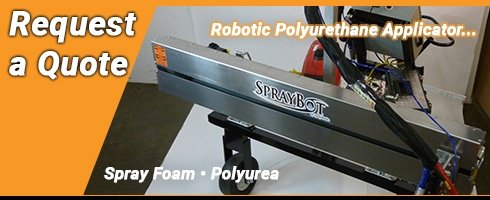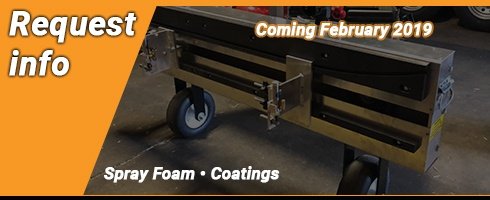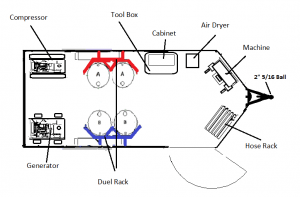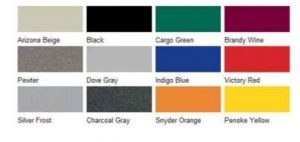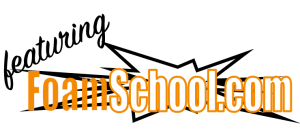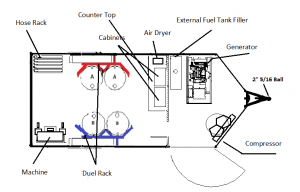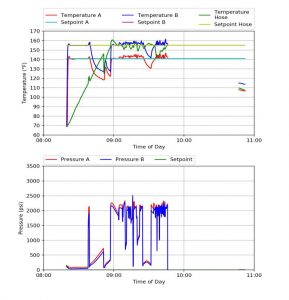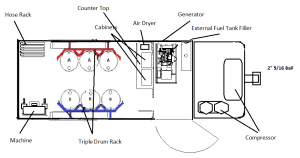Your spray rig will always be your biggest investment. Maintaining your rig should always be a high priority in your daily, weekly and monthly maintenance. Servicing your spray rig varies slightly depending on the type of material you are using, however in this article we review the basic steps required in regularly maintaining your spray rig.
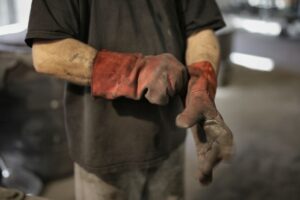
Hoses – Heated, Whip, Air
Proper inspection and service of the hose would require removal of all protective coverings, sleeves, or hose wraps. Be sure to inspect each material and air lines for slices or areas which have worn or the hose has pulled apart at the jacketing – if you notice any of these issues, it may be time to replace your hose. Inspect your hose fittings for corrosion. If you notice any corrosion, it can easily be corrected with a simple acid wash and wiping any excess areas with steel wool, then apply a light film of rust inhibitive paint. Make sure you replace all protective coverings when inspection is successfully completed. Performing a recertification pressure test of the hoses minimizes the risk of accidental bursting on the jobsite.Electrical Connections
Inspect electrical connections and ensure they are not lying on the open floor space, potentially causing a safety hazard. Check for exposed wires and repair as necessary to prevent fire or short circuits to your equipment. Attention should be placed so that all connections are properly sealed from weather and then rewrap accordingly. During transport electrical connections are often placed under stress, a thorough inspection of electrical connections would include checking connections throughout the proportioning unit. This exercise allows for a thorough visual inspection of the entire equipment where we take note of things that are incorrect or out of place.
Tires, Oil, Engine
Any vehicle requires ongoing standard maintenance. If you are running a box truck, standard truck maintenance is required; tire rotation, oil change, fluids, and other standard maintenance. If your rig is a trailer or third wheel, checking your tires and rotating them frequently is a must. Also inspecting the outside of your rig daily for scratches, loose metal, punctures or anything that looks out of place – will only take a couple minutes but could save you in the long run.
Running these daily checks in your spray rig will not only identify issues, but prevent them from becoming bigger issues. It only takes a few minutes to properly check your rig before taking it to a job site.

